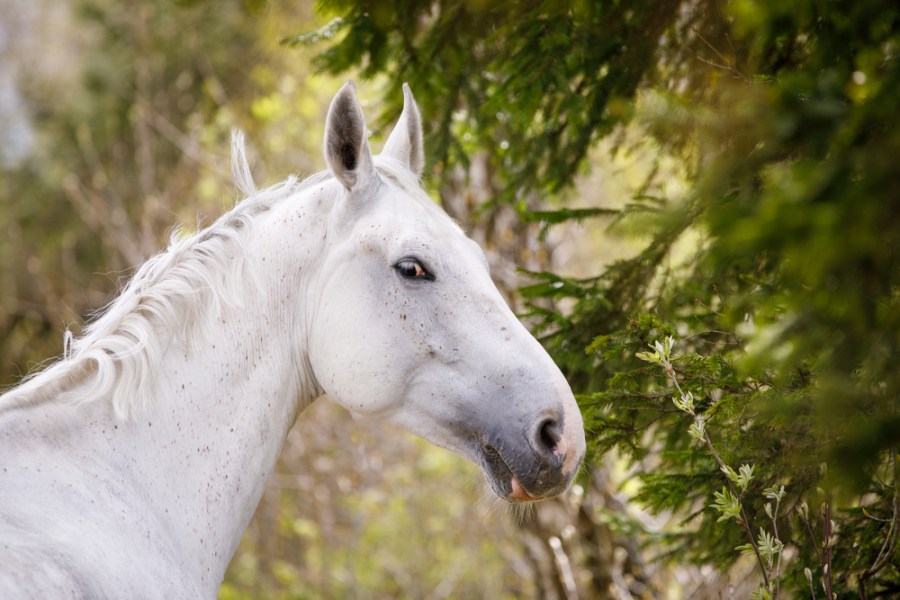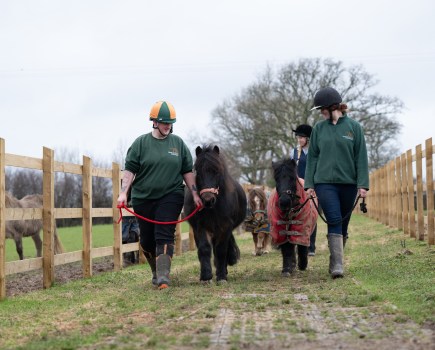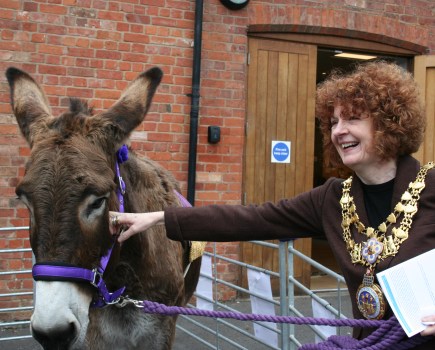Horses have a particularly wide repertoire of facial expressions and not only use them to communicate with each other but also with other species like dogs and humans, experts have shown.
Researchers at the University of Portsmouth have decoded equine facial expressions and found that many faces pulled by horses are common across other mammals.
This has led to the first anatomically based descriptions (ethogram) of equine facial behaviour, showing how horses use their faces to communicate emotions like playfulness, aggression, curiosity, and attention.
“This is the first time we’ve been able to systematically document how horses combine facial movements into meaningful expressions,” said Dr Leanne Proops.
“It opens up new possibilities for understanding equine emotions and improving welfare.”
Catalogue of facial displays
Using the Equine Facial Action Coding System, the researchers catalogued 805 facial displays across 22 distinct behaviours, ranging from friendliness to conflict.
And many of them are similar to those exhibited by primates and other mammals, showing a level of common language.
The researchers found that:
- Aggressive encounters are characterised by flattened, backward-facing ears, raised inner brows, dilated nostrils, and lowered heads.
- These expressions serve as clear signals of aggressive intent, allowing someone to anticipate and avoid potential conflicts.
- When horses are alert or investigating stimuli, their ears turn forward and are held close together.
- Other indications include increased blinking and half-blinking, and an upward turned head.
- Horses mostly exhibit neutral facial expressions during friendly interactions. The researchers did not see “ears forward” regularly in this context.
- Playful interactions involve many facial movements, including depressed lower lips, raised chins, parted lips, wide-open mouths, rotated and flattened ears, increased visibility of eye whites, and noses pushed forward.
Cross-species comparisons
The scientists found that some play expressions bear remarkable similarity to the open-mouth play faces observed in primates and carnivores, suggesting a deep-rooted evolutionary basis for such behaviours across mammalian species.
“We found that horses often use the same facial movements across different contexts, but the combinations and intensities vary,” said Dr Kate Lewis, lead author.
“This flexibility underscores the importance of considering the whole body and context when interpreting equine behaviour.”
The researchers also identified a previously undocumented facial movement, designated as AUH21, involving the platysma muscle.
This action, which causes the side of the face to tighten and making the underlying structures become more prominent as a consequence, has only been observed in humans and gibbons within the species with existing facial action coding systems.
Its discovery may enhance cross-species comparisons and aid in assessing emotional states and pain in horses.
Significant for equine welfare
This research has significant implications for equine welfare, training, and veterinary care, say the Portsmouth University researchers.
By providing a detailed framework for interpreting facial expressions, it can help handlers and professionals better understand and respond to horses’ emotional states, they say.
“This work is a game-changer for anyone working with horses,” said Dr Proops.
“It gives us a new lens through which to view and interpret their behaviour, ultimately leading to better care and stronger human-animal relationships.”
The full ethogram and research can be found here.
Main image © Shutterstock







